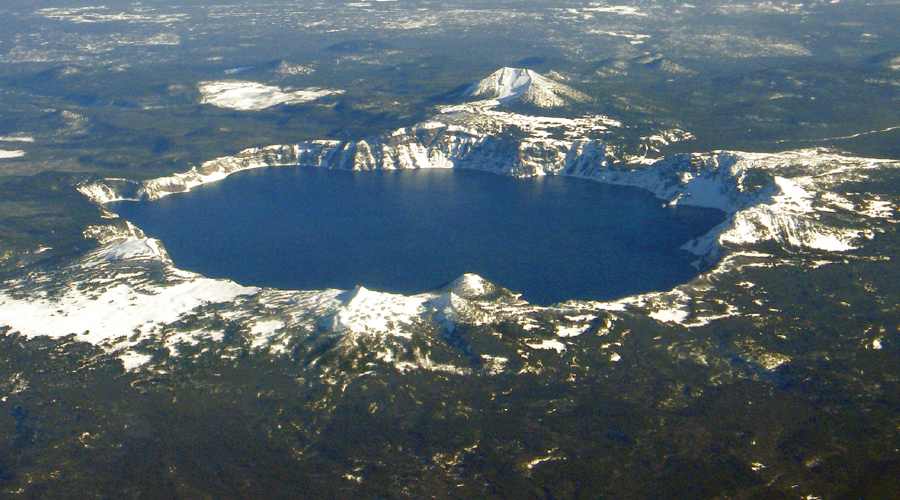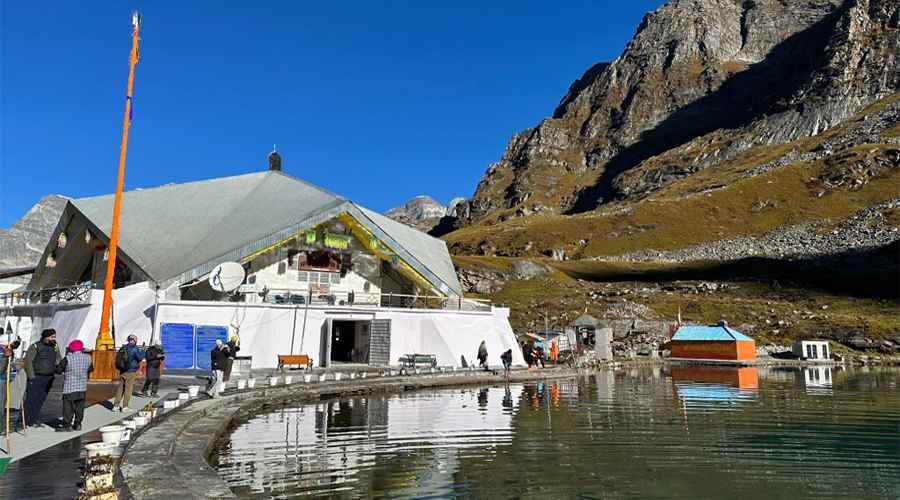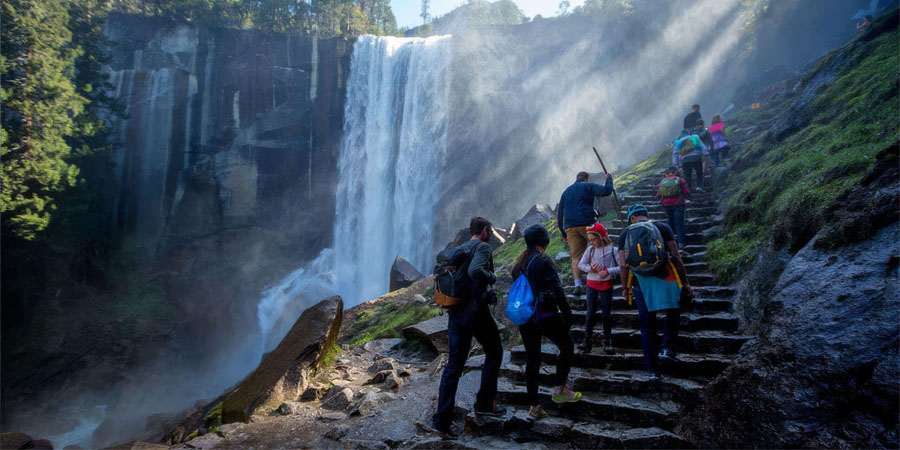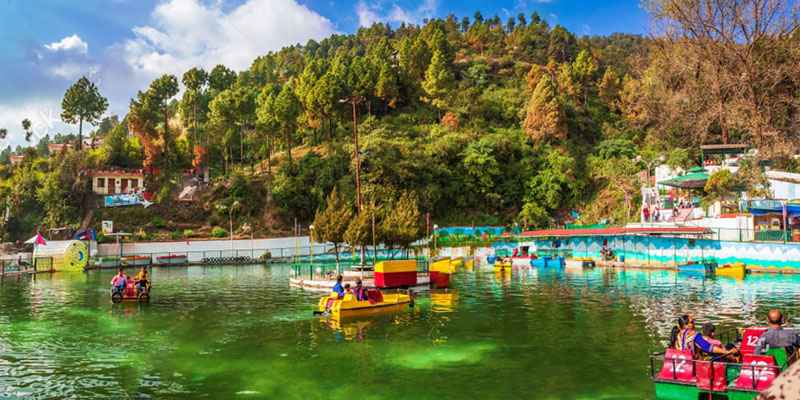In the rugged Cascade Range of southern Oregon, a dramatic geological story lies hidden beneath the calm, blue waters of Crater Lake. That story is the tale of Mount Mazama, an ancient stratovolcano whose explosive collapse thousands of years ago created one of the most remarkable natural wonders in North America. Although the volcano itself no longer stands tall, its legacy endures in the caldera that now holds Crater Lake, in the volcanic landscapes that surround it, and in the cultural traditions of the Indigenous peoples who witnessed its power.
A Giant of the Cascades
Before its cataclysmic eruption, Mount Mazama was among the tallest peaks in the Cascade Range, estimated at nearly 12,000 feet high. Like other stratovolcanoes, it was built over hundreds of thousands of years by successive layers of lava and ash. Scientists believe it began forming about half a million years ago, fed by the subduction of the Juan de Fuca Plate beneath the North American Plate—a process that continues to fuel volcanic activity throughout the Pacific Northwest.
Mount Mazama was not a single, isolated peak but part of a larger volcanic system that included numerous smaller vents, domes, and cones. Over time, it became a towering centerpiece of the landscape, commanding the region with its snowy slopes and forested ridges.
The Cataclysmic Eruption
Around 7,700 years ago, Mount Mazama unleashed one of the most powerful eruptions in North American history. Geologists estimate it ejected more than 12 cubic miles of magma, a volume so massive that ash from the explosion fell across eight western states, parts of Canada, and even reached the Greenland ice sheet.
The eruption began with violent blasts that sent columns of ash high into the stratosphere. Lava flows and pyroclastic surges swept down the mountain, obliterating everything in their path. As the eruption continued, the volcano’s magma chamber emptied, leaving the mountain structurally unstable. Eventually, the entire summit collapsed inward, creating a vast depression known as a caldera.
This collapse reduced Mount Mazama’s height by thousands of feet. What had once been a towering mountain now became a massive crater nearly six miles wide and more than a mile deep. Over time, snow and rain filled this caldera, forming Crater Lake, the deepest lake in the United States and one of the clearest in the world.
Traces of Fire and Water
Though Mount Mazama’s peak was destroyed, its volcanic legacy remains visible. Inside the caldera rise new volcanic features, including Wizard Island, a cinder cone formed by eruptions after the collapse. Smaller formations like the Phantom Ship showcase the rugged volcanic rock that once shaped the mountain’s slopes.
Beyond the caldera, evidence of Mazama’s eruption still blankets the landscape. Layers of volcanic ash, known as Mazama ash, are found across the Pacific Northwest and serve as a geological marker for archaeologists and scientists. This ash helps date ancient settlements, ecosystems, and even climate patterns across the region.
A Sacred Story
For the Klamath tribes, who have lived in the region for thousands of years, Mount Mazama’s eruption is more than a geological event—it is a spiritual story. According to their oral traditions, the eruption was the result of a battle between the god of the underworld, who lived beneath the mountain, and the god of the sky, who lived above. In this cosmic struggle, fire and ash filled the sky, the mountain collapsed, and the deep, sacred waters of Crater Lake formed.
To the Klamath people, the lake and the remnants of Mount Mazama are sacred sites, places of immense power and spiritual significance. These stories align closely with what scientists know about the eruption, highlighting how cultural memory preserved a record of one of the most important geological events in North America.
Scientific Importance
Mount Mazama is not just a historical curiosity; it is an active subject of scientific research. Volcanologists study the eruption to better understand the hazards posed by similar volcanoes in the Cascades, such as Mount St. Helens, Mount Rainier, and Mount Hood. The eruption provides insights into how magma chambers evolve, how calderas form, and how ecosystems recover from catastrophic events.
The ash deposits from Mazama’s eruption are also valuable to scientists studying climate history. By analyzing layers of Mazama ash in ice cores and sediment records, researchers can pinpoint the eruption’s timing and measure its impact on the Earth’s atmosphere. Such studies help us understand how large volcanic eruptions can temporarily cool global climates by injecting ash and sulfur dioxide into the upper atmosphere.
A Destination of Wonder
Today, visitors to Crater Lake National Park experience the serene beauty left behind by Mount Mazama’s destruction. Hiking trails around the rim offer sweeping views of the caldera, while boat tours on the lake provide close encounters with Wizard Island and the caldera walls. The Rim Drive, a 33-mile road circling the lake, showcases the geological remnants of Mazama’s collapse from dozens of vantage points.
In winter, the park becomes a snow-covered wilderness, reminding visitors that the Cascades are still a region of dynamic natural forces. Although Mount Mazama is considered extinct, the broader volcanic arc remains active, with future eruptions possible elsewhere in the range.
Legacy of a Fallen Giant
Mount Mazama’s story is one of transformation—of destruction giving way to beauty. From its towering peak to its fiery end, and finally to the tranquil waters of Crater Lake, the volcano’s legacy illustrates the power of Earth’s geological forces. It also reminds us of the interconnectedness of science, culture, and nature: how a single eruption shaped ecosystems, influenced human stories, and left a mark on history.
Though the mountain itself no longer stands, Mount Mazama endures in the landscapes it left behind and the lessons it continues to teach. Its fall gave rise to one of the most spectacular natural wonders on the continent, ensuring that the name Mount Mazama will forever be tied to awe, mystery, and the enduring power of the Earth.








